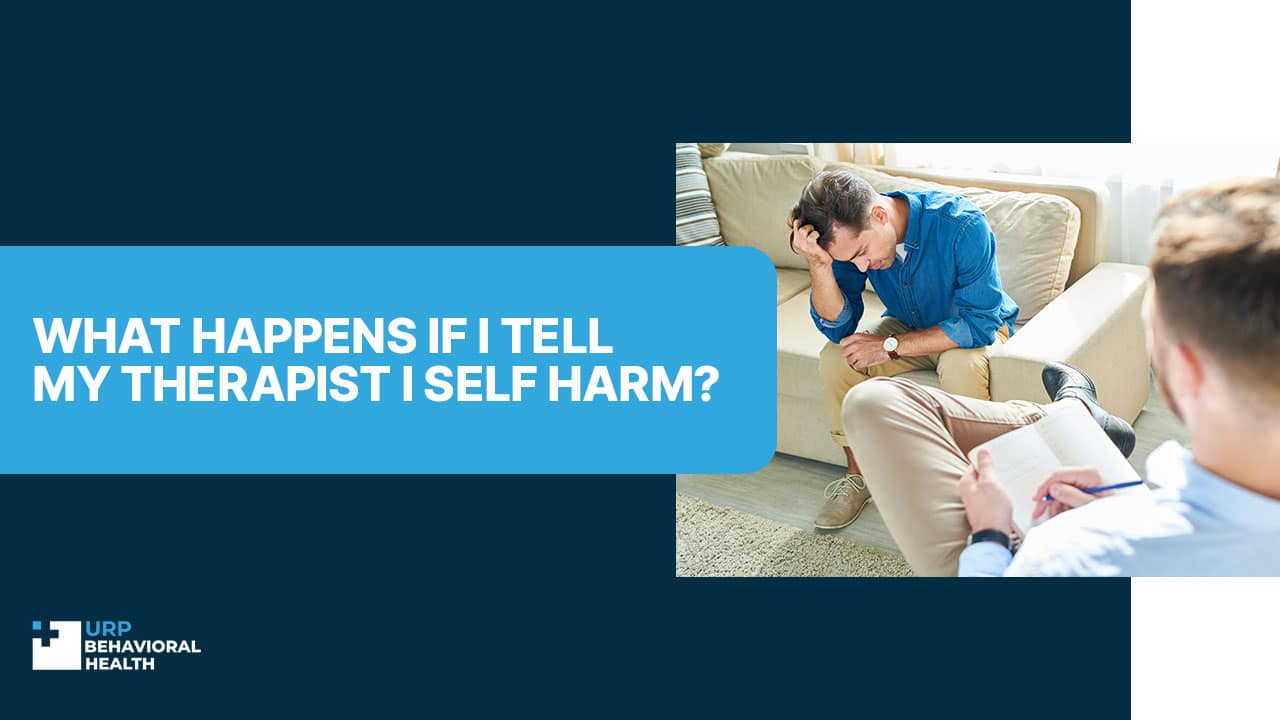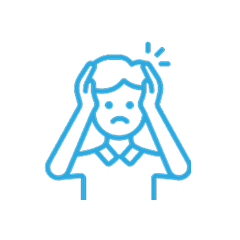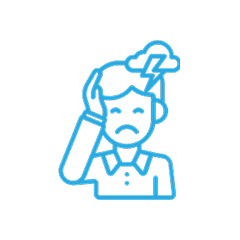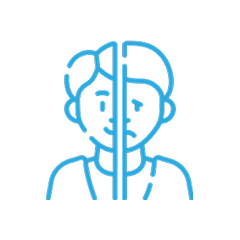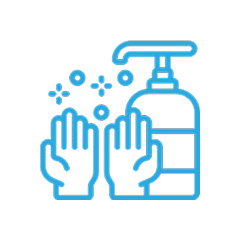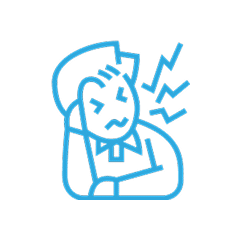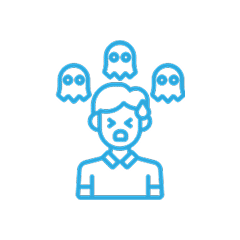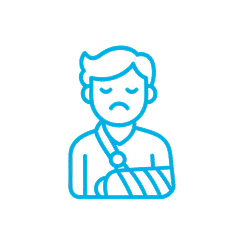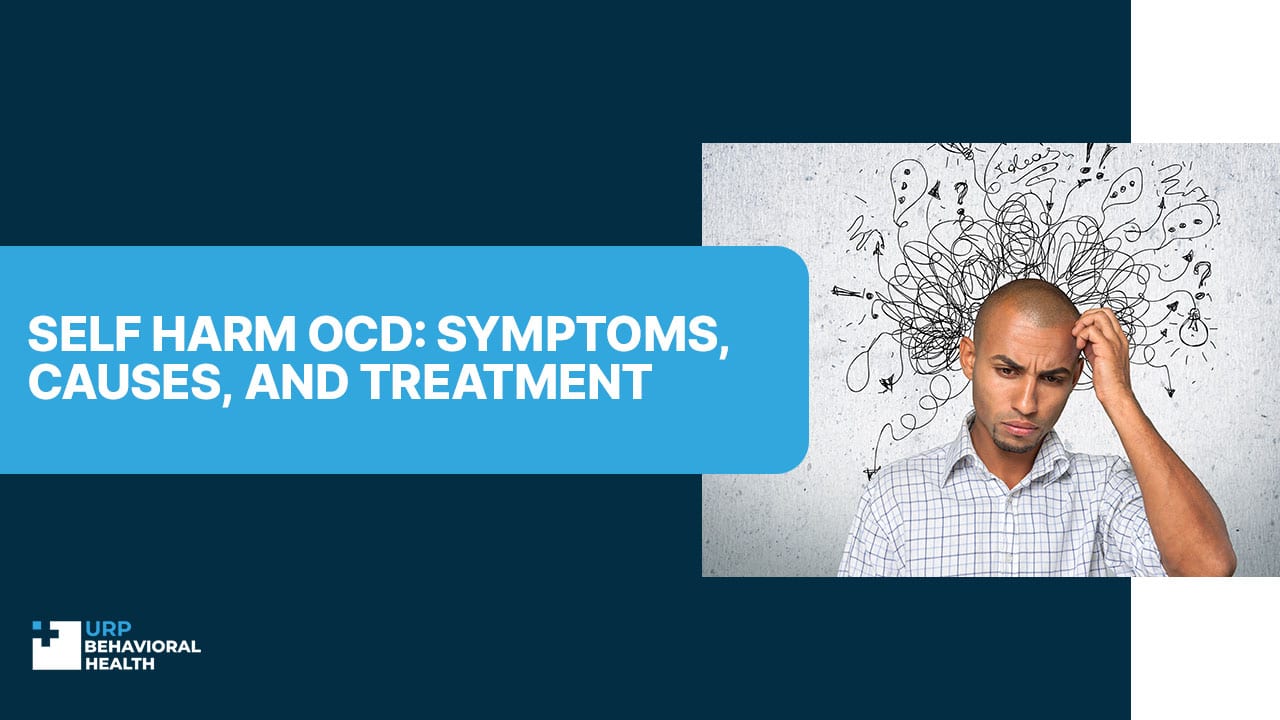
Self Harm OCD: Symptoms, Causes, and Treatment
Being fond of something is quite normal. Some love soccer games and do not miss any game or championship. Others may be fond of cats and talk about them whenever they have small talk. Yet, in some cases, focusing on something turns into obsession. That can also be a kind of norm but when you experience intrusive thoughts or you repeat the same behavioral pattern consistently, it can be a sign of mental health disorder, namely, obsessive compulsive disorder.
This state typically includes three main components [1]:
- Obsessional thoughts which induct anxiety;
- Emotions which are based on anxiety and the feeling of lost control;
- Compulsive actions which are repeated again and again and which you make to get rid of this destroying anxiety you feel.
All these stages are going in a vicious circle, and often they lead to emotional distress and pain you need to cope with. In OCD, healthy coping mechanisms are often impossible to use. Instead, some OCD patients use endangering coping mechanisms to relieve their pain. Self-harm which is officially called non-suicidal self-injury is among these mechanisms.
What is the correlation between OCD and self-harm? Let’s consider it in this URP Behavioral Health blog article.
Contact our admissions team now to begin your path toward a brighter future.
What Is Self Harm OCD?
There are numerous themes for OCD to emerge with obsessive and unwanted thoughts about harming yourself among them. Previously, obsessive-compulsive disorder was classified as one of the anxiety disorders [2], and these self-harming thoughts in OCD people raise anxiety levels. Today it is separated from anxiety disorders but still, patients with OCD may have anxiety disorder as an accompanying diagnosis.
OCD and self-harm are not mandatory comorbid but often, self-harm is a part of compulsive behavior and in this case, scientists define it as a subtype of OCD, which is called self-harm OCD. Although these subtypes are not recognized by DSMM-5, they help practitioners customize the diagnosis for OCD patients and often impact the selection of treatment for them.
Is Self-Harm a Sign of Obsessive-Compulsive Disorder?
Typically, the main signs of OCD are as follows:
- Emerging obsessive thoughts which often relate to fears about someone’s health, fears of losing things or forgetting something, obsessive thoughts about harming yourself, violence or sex. Self-harm as a repeated theme for thoughts is among these signs.
- Compulsive behavior is another sign of OCD. It can be performed mentally or physically in the form of mandatory patterns and thoughts that you must do them even if you really don’t want it to happen. Typical compulsions in OCD are counting items even if you know for sure their amount, washing and tidying up rituals which repeat during the whole day, arranging items in a certain order, etc. Sometimes, harming yourself is also a compulsive ritual related to OCD but it is rather a coping mechanism for feeling of control.
As you can see, self-harm can be a sign of OCD but it is not 100% that when you self-mutilate you have OCD. Self-harm is often a symptom of multiple other mental health issues including psychotic, neurodevelopmental, affective, anxiety and personality disorders or the mechanism for emotional distress.
The Main Symptoms of Self-Harm OCD
When talking about OCD self-harm subtype, the main obsessions related to it are as follows:
- Wondering about killing oneself;
- Worrying about being so depressed to kill oneself;
- Thoughts about driving a car from a height to harm oneself;
- Constant thoughts about jumping from height to get injured or killed;
- Thoughts about swallowing extra dosage of medications;
- Imagining doing harm to oneself with sharp items or knives.
These obsessions can be unrelated to OCD compulsions but they emerge in the form of thoughts regularly.
Reach out today and let us create a treatment plan designed around your needs.
Is Self-Harm Common With OCD?
Although OCD is recognized by the WHO as one of the top 20 most common causes of mental health disability with 3% of the global population having this disorder [3], self-harm is not common with OCD. It is rather a particular case of OCD related to obsessions about harming yourself. If your obsession is related to another theme, you may rarely have self-harm thoughts or compulsions.
Can OCD Lead to Self-Harm?
At once, OCD can lead to self-harm. The reason for this is quite simple, For OCD patients, lack of control is dramatically endangering. They fear losing control of their lives and the lives of their families, and any routine they do is a subject to retain this control. Among various other actions, self-harm is the simplest coping mechanism which helps an individual to avoid dissociation from themselves and creates the illusion of control. However, after self-harm is performed, the feeling of shame appears, and the cycle of obsession-compulsion-self-harm-relief-anxiety-obsession repeats. Today, stats say that self-harm and OCD are comorbid in 7.3% of all OCD patients and NSSI in them may take many shapes [4]. Besides, in some cases, self-harm in OCD patients happens unintentionally. For example, one of the most common obsessions in OCD is feeling your skin is dirty or contaminated with bacteria. In this case, compulsions like washing with irritant substances like disinfectants, bleach, or detergents may lead to skin injuries and severe dermatitis although this compulsion is not self-destructive in its intention.
Which Treatment Is Effective to Fight Self-Harm OCD
Today, OCD manifestations including self-harm OCD can be treated successfully. The go-to method for such treatment is a combo of psychotherapy, CBT (namely its exposure and response prevention type), and medication management.
The first stage to get proper therapy for OCD is to visit your GP. Primary care practitioners often prescribe SSRI medications to reduce OCD symptoms. These medications impact neurotransmitters in the brain and regulate their proper work.
Then it’s time to add some mental health rehab methods. You can get professional help in a specialized treatment center like URP Behavioral Health. Here, psychologists and psychiatrists decide on the most effective therapy type and treatment methods. Sometimes, if the symptoms of self-harm OCD are not life-threatening, an outpatient rehab plan works great. In more severe cases, inpatient intensive care may be required. Psychotherapeutic and CBT sessions for OCD treatment often include facing fearful situations to train the patient’s brain to cope with obsessions and not to transfer intrusive thoughts into compulsions. Besides, as OCD is often comorbid with other disorders, the focus of the treatment is also on additional disorder manifestation reduction.
As usual, the combo of medication and therapeutic sessions brings fruit and the patient’s mental health condition improves. In the most complex cases of self-harm OCD, deep brain stimulation methods may be implemented.
Our team will verify your insurance and design a plan tailored to your needs.
Recap for Self-Harm OCD Mental Health Issue
So, OCD is quite a common diagnosis in the global population. One of its subtypes unofficially is called self-harm OCD and it is related to self-harming obsessions. Often, these obsessions remain only thoughts but if they result in self-harming compulsive behavior, they can endanger the patient’s life. At the same time, self-harm OCD is quite a rare subtype with only 7.3% of OCD-diagnosed patients having it. OCD may also be a sign of comorbid disorder as OCD is often accompanied by other mental health issues, for example, anxiety disorder or depression which also have self-harm among their distinctive symptoms. That’s why even if you have no self-harm behavior but regularly experience unwished thoughts about self-injury, it is necessary to apply for professional help and proper diagnostics. This is your way to well-being and feeling healthy, active, and energized without any obsessions ruining your life.
Resources:
- https://www.rcpsych.ac.uk/mental-health/translations/russian/obsessive-compulsive-disorder
- https://www.webmd.com/mental-health/obsessive-compulsive-disorder
- https://pubmed.ncbi.nlm.nih.gov/36740351/
- https://www.cambridge.org/core/journals/bjpsych-bulletin/article/when-selfharm-is-about-preventing-harm-emergency-management-of-obsessivecompulsive-disorder-and-associated-selfharm/AB29394E48CDCB659B642D71B5D69462

